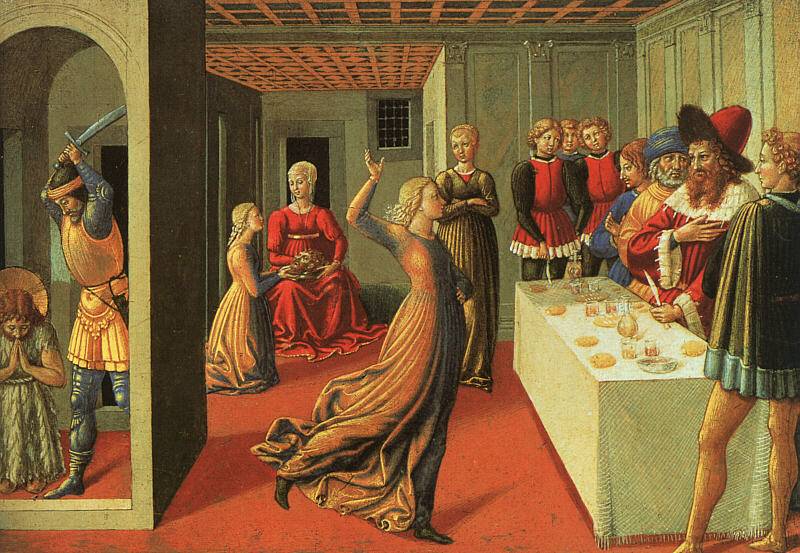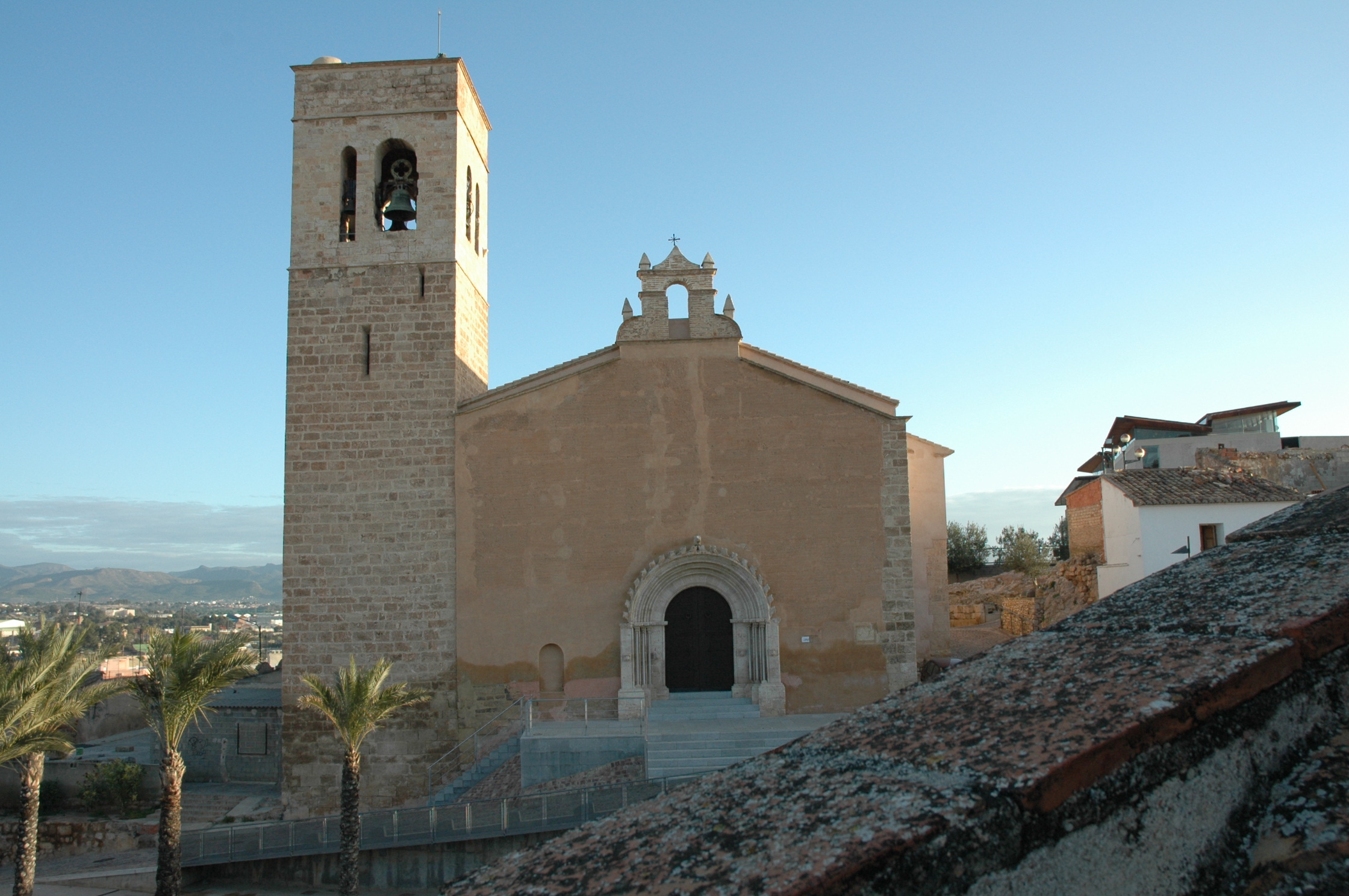The game noughts and crosses has much more history than we tend to believe: in Spain, there are several Medieval remains of this game
15 september 2016
Board games arose in the Neolithic and evolved in the Bronze Age. The history of Noughts and Crosses as we know it today goes back to far Persia, almost a thousand years ago, where Italian traders exported it to their lands and extended it. In a short period of time, it became one of the most popular games among the low classes of the Middle Ages. In Spain, there are many proof on how extended this game was.
This widely known game is very easy to recreate, fact which was key for its rapid expansion. It went through an obscure period along the 10th and 11th centuries, due to its association with pagan rituals and its disqualification by the high classes. Such was its fame and importance that the Pope Boniface VI wrote a Papal Bull which banned its practice for all Christians in order to discard the game as an element of pagan or black magic.
The practice of noughts and crosses made a slow come-back at Universities. It was very popular in Salamanca and Bologna. It was not until the Renaissance that this game became a part of popular culture again and it extended like never before; however, this does not mean that the game was not played during the Medieval Ages.
The remains we conserve in Spain are from the Middle Ages; they are boards carved in stone, which are located in the places where the lower classes spent their leisure time. In this blog you can find many information about the different types of boards that have been found, their location and how they are preserved.









